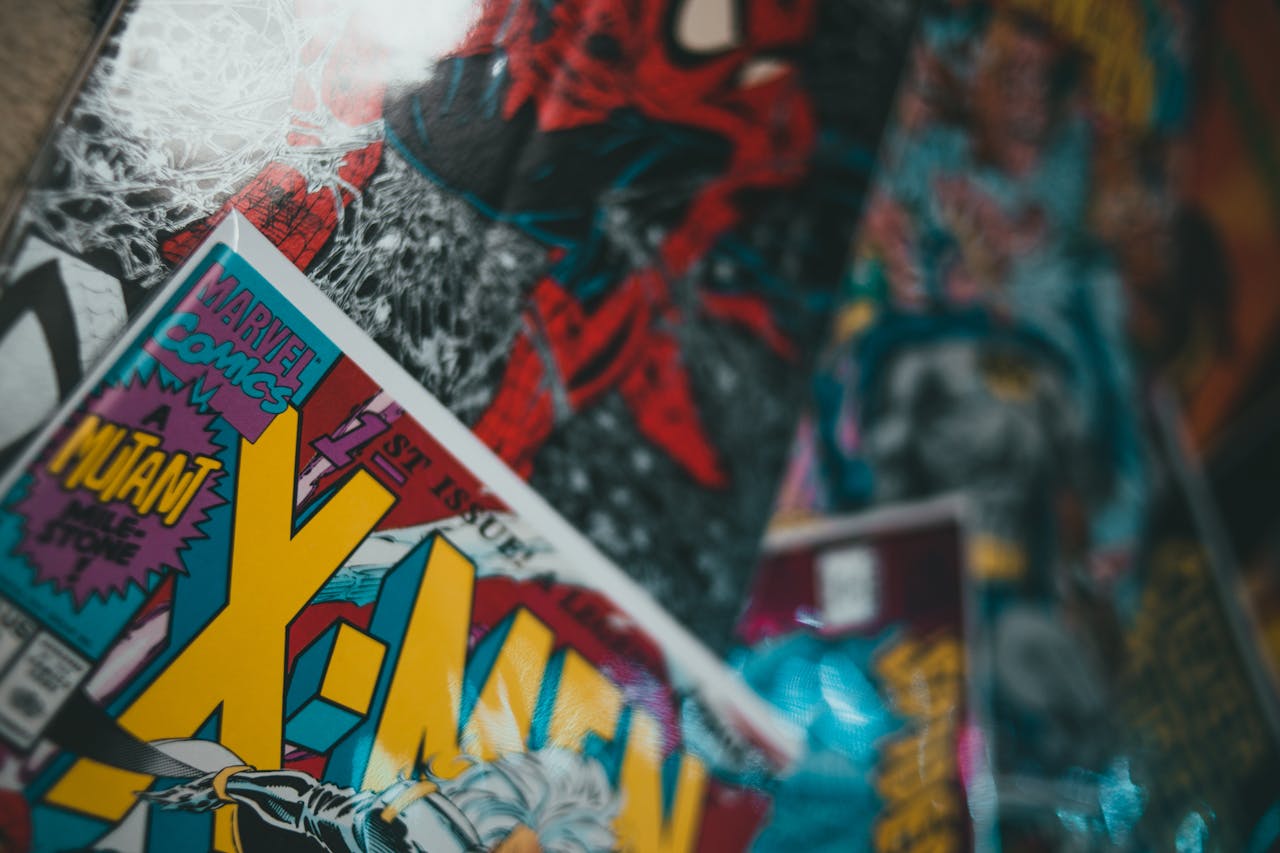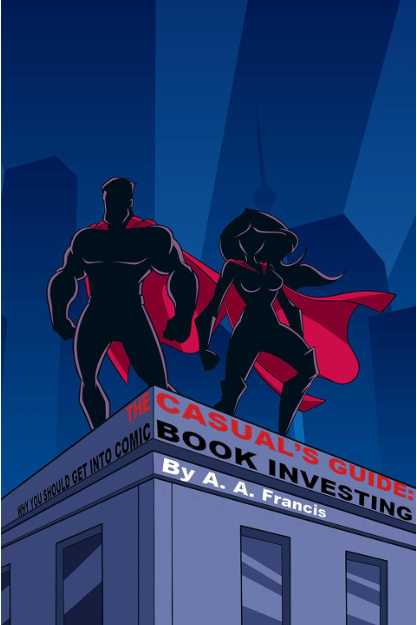5 Strange Stories About The History of Valuable Comic Books

Pexels
We live in an era where modern comic book fans don’t read comics. The average price of a comic book ranges between $4 to $5. While many proclaim superhero fatigue is ailing comic book films, people still love comic book media. Still, one aspect of comic books that has not gone mainstream is collectibles comic books and the appreciation of comic book history.
Many factors determine the value of collectibles. Today, an announcement of a new comic book film can make a recently published comic book relatively valuable. However, age, rarity, aesthetic condition, vital storylines, and outstanding character moments also give old comic books value as collectibles.
Another important factor is comic book history. The history, era, and zeitgeist in which a comic book was published add value to it.
In April 2024, an anonymous buyer bought a copy of Action Comics #1, the 1938 debut of Superman, for over $6 million. Less than 100 pristine copies of this comic exist. WWII, commodities shortages and rationing, moral panic, and the dawn of the modern superhero comic were all happening when Action Comics #1 was published.
Understanding comic book history can help you buy or sell a collectible comic relatively quickly. Here are five strange comic book history stories and how they connect to the collectibles industry.
1. Comic Book Burnings of the 1940s
Comic books have always been enjoyed by fans of all ages. Over 100 million comic books were sold monthly in the 1940s. In the era of the Great Depression and the burgeoning New Deal, it was obvious that more than just children were buying and reading comics.
In the era of McCarthyism and moral panic, politicians, and religious and civic organizations began spreading the notion that comic books were contributing to child and teen moral degeneracy. Comic book burnings were common in the 1940s and 1950s. The real-life trope of parents, grandparents, and spouses throwing away comic book collections began because of this pseudo-moral outrage.
Still, this comic book history of moral panic helped to make them rarer and more valuable as modern-day collectibles.
2. Comic Books Were Not Made to Last
20th-century comic books were not designed to last. The comic book paper, ink, and rust-prone staples used to make a copy of Action Comics #1 were of the cheapest quality. Comic books of this era were not designed to last long or be used as collectibles. Most comic book fans of the 1940s didn’t place them in acid-free Mylar sleeves with backing boards.
So, many such comics of the era that escaped public burnings or being trashed simply disintegrated due to negligance and being exposed to the elements. This comic book history fact also helped modern collectibles from that era become valuable today.
3. X-Men Comics Should Not Exist
A copy of X-Men #1 from 1963 with a CGC grade of 9.8 has a market value of $553,000. If you found a verifiable copy of this comic in your attic unslabbed and ungraded and lightly damaged it could still be worth at least $3,200.
X-Men mania and Hugh Jackman’s career all exist because of this comic. But do you know the true comic book history of X-Men comics? X-Men comics were not initially successful after its 1960 debut. The title was cancelled and fell into reprints until 1975 when the title was relaunched with Giant-Sized X-Men #1.
If Marvel had not relaunched the X-Men in 1975, the IP might have been lost to history. Also, those early comics would not be as valuable now.
4. Spider-Man Comics Should Not Exist
A 9.2 CGC copy of Amazing Fantasy #15 from 1962 has a market value of $319,000. An Ohio couple blundered into a copy after inheriting the possessions of a dead relative in 2023. They might sell it for at least $32,000.
Comic book history shows us that it took a long time for superhero comics to become popular. In the 1940s, 1950s, and 1960s, anthology comics were popular. The comics of the era were heavily censored by moral panic politicians who refused to believe adults read comics. To make comics “safe” for kids, these censored comics became edgeless, boring, and overly simplistic to appeal more to kids.
One genre of comic that survived the moral panic era was anthologies. Amazing Fantasy was a Marvel anthology on the verge of cancellation. Legends Stan Lee and Steve Ditko were given creative license to do anything they wanted in issue #15 because #16 might not happen. The duo created Spider-Man and history was made.
5. Famous Names Add to a Collectible’s Value
It’s easy to take for granted that some comic book creators, old and new, are well-known and regarded for their creations. Almost everyone knows who Stan Lee or Jack Kirby were, even if they have never read a comic book. However, comic book creators did not become superstars or well-known until the late 1980s and the advent of the MCU.
Todd McFarlane was an unknown artist drawing covers for reprints of old Spider-Man comics in the 1980s before he became a superstar and created the Spawn comic. Mike Mignola wrote and drew comics for Marvel and DC in the 1980s and 1990s before going independent and creating Hellboy.
The point is that understanding the comic book history of certain creators and comic books can add to the value of the comic you’re trying to sell.
Collectibles and Comic Book History
If you do a little bit of research and consult with experts you can absolutely flip a comic book for profit.
However, don’t take profiting for granted. Learn some comic book history. Read some comic books. Check the value of your comics online. Consult comic fans and experts. Also, be realistic about your potential for profit. You probably won’t make millions flipping comics, but you could make a little money.
Read More
8 Comics From the Energon Universe You Must Read Now
The 10 Best Comics Featuring Green Lantern John Stewart

Allen Francis is a full-time writer, prolific comic book investor and author of The Casual’s Guide: Why You Should Get Into Comic Book Investing. Allen holds a BA degree from Marymount Manhattan College. Before becoming a writer Allen was an academic advisor, librarian, and college adjunct for many years. Allen is an advocate of best personal financial practices including saving and investing in your own small business.




